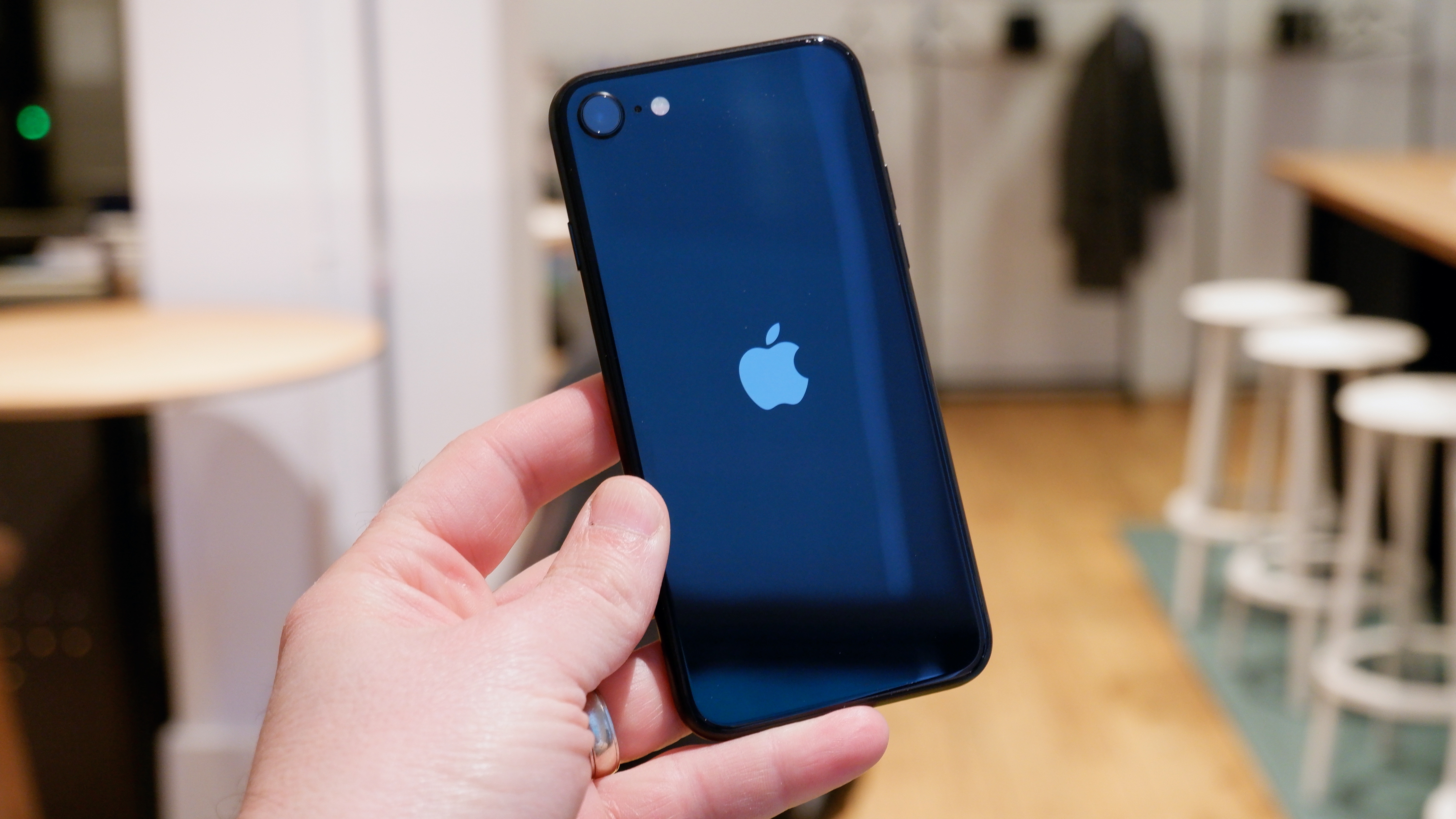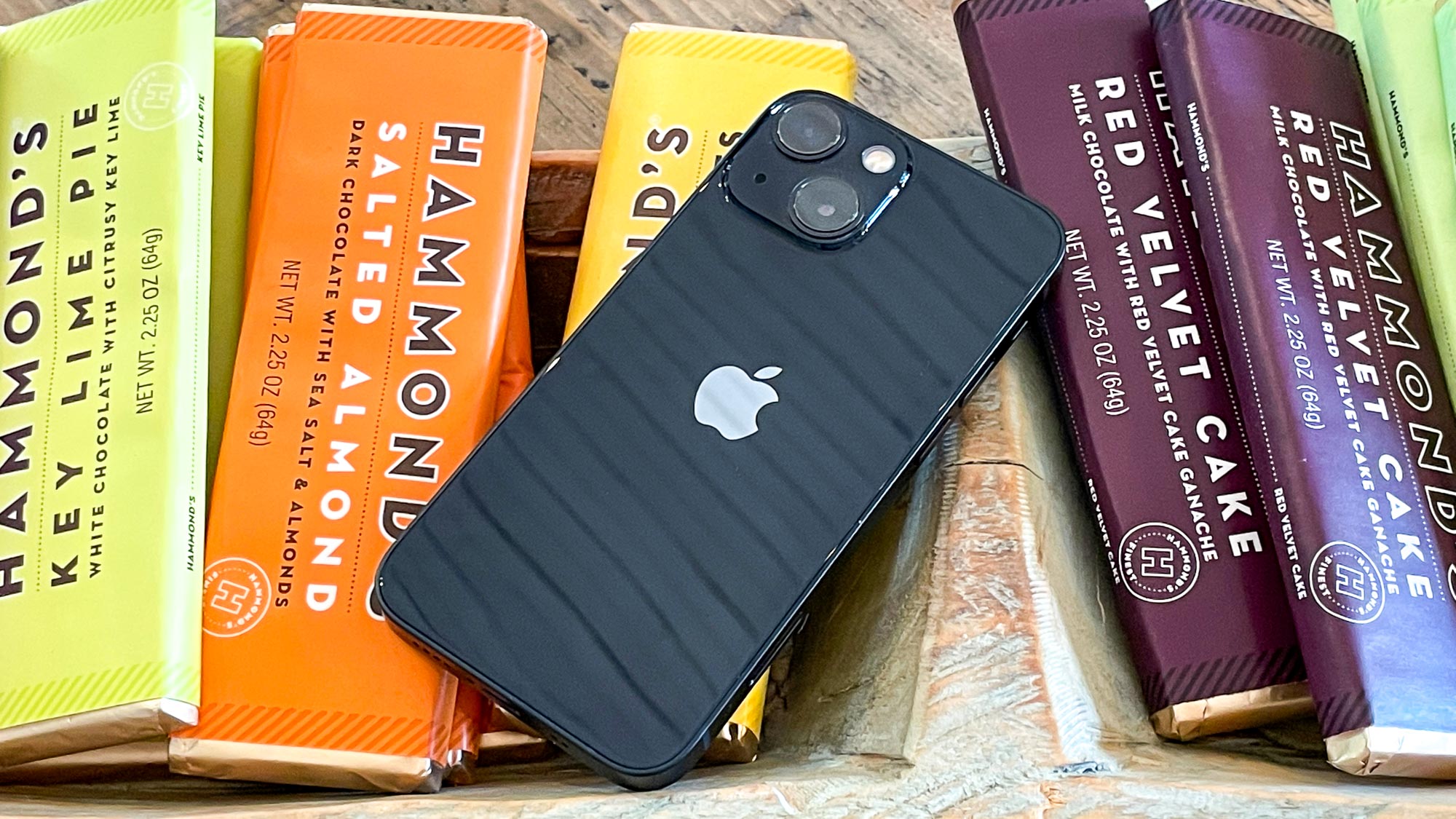iPhone SE 4 reportedly cancelled — so what is Apple's plan for cheap phones?
Something's missing when it comes to inexpensive iPhones

It sounds as if the current iPhone SE (2022) is going to be sticking around Apple's iPhone lineup a little while longer. And that's sure to disappoint those of us who want a budget iPhone with a more modern look to join the ranks of the best iPhones.
For a while, it looked like we might get our wish, as iPhone SE 4 rumors suggested a new model was in the works, with Apple potentially launching the update in the spring. Now that's looking increasingly unlikely.
Analyst Ming-Chi Kuo had previously said that Apple might postpone the iPhone SE 4 launch. Now he's being even more clear, pronouncing that the rumored iPhone update is DOA. It's just one analyst's view, of course, but Kuo has enough of a track record to take his forecasts very seriously.
An iPhone SE coming out in 2023 was always a long shot. Apple tends to space out the updates to its budget phone, following up the 2016 launch of the original SE with new models in 2020 and 2022. The only reason the 2022 model followed so quickly on the heels of the iPhone SE 2020 was likely Apple's eagerness to add 5G connectivity to all of its phones.
I had argued pretty recently that Apple needed to come out with a new iPhone SE sooner rather than later, and I still feel that way. It's not just that the current iPhone 8-inspired look of the SE feels dated — though those bezels scream "2017" at the top of their lungs. It's that phone makers like Google and Samsung are putting a lot of effort into their own midrange phones, with annual updates that threaten to make the iPhone SE an also-ran. If Apple's serious about courting budget-minded smartphone buyers, both in the U.S. and abroad, it can't let the iPhone SE get too out of date.
Cheap iPhones: What's currently available
The impact of not releasing an iPhone SE this year or even in 2024 won't be felt immediately. Remember that the iPhone SE 2022 hasn't even celebrated its first birthday yet. It's powered by a pretty powerful chipset — the A15 Bionic — which can also be found in the iPhone 14 and iPhone 14 Plus that arrived after the SE. (Those two phones use a slightly more advanced version of the A15, with an extra GPU core.)
The SE also can run iOS 16 perfectly well, so the latest iPhone features are as available here as on more expensive iPhones. There's still no night mode support for the iPhone SE's lone camera, but Apple reckons that's the trade-off you make for a cheaper handset. (It's worth noting that Android phone makers don't feel the same way about their cheaper devices.)

Even if you don't find the iPhone SE aesthetically pleasing, you've still got alternatives among the iPhones currently on sale through Apple. The iPhone 13 mini remains available from Apple for $599 — that's $170 more than the iPhone SE's asking price. The iPhone 13 mini has the same Apple silicon, and it's actually more compact than the SE. You also get rid of those unsightly bezels, making the mini a viable alternative for shoppers on a budget.
But once the iPhone 15 arrives this fall, the outlook changes for low-cost iPhones. The iPhone 13 mini is another year older at that point, and even the iPhone SE will start to feel a little musty. You can probably expect the iPhone 14 to stick around at a reduced cost, and Apple could make the argument that it's fairly compact, even with a 6.1-inch screen. But unless Apple is willing to substantially drop the cost of the iPhone 14 this fall, you're talking about a phone that will still cost around $699 should we get the usual $100 price cut.
Cheap iPhones: What the future holds
Apple is clearly trying to figure out iPhone pricing for its lower-end flagships, with one reporting claiming the company is mulling iPhone 15 price cuts. That seems unlikely, but I do feel as if something needs to be adjusted for less expensive models, particularly as the Pro versions get more advanced.
I can't help but contrast these iPhone SE rumors with what Google reportedly has planned for the next entry its Pixel A series of phones. Reportedly, the Pixel 7a due out later this year could feature a screen with a 90Hz refresh rate. That would top even the iPhone 14, which, barring a major Pixel 7a price hike, could cost hundreds of dollars more. There may not be much overlap between people who'd consider a Pixel handset versus an iPhone, but that rumor suggest Google's making a very strong case for itself.
Apple has always had a conflicted relationship with low-cost phones. "There’s always a large junk part of the market," Apple CEO Time Cook said in a 2013 interview when asked about the iPhone's relatively high pricing. “We’re not in the junk business." Given the size of Apple's iPhone business, you'd have to concede that philosophy has served Apple well, even if you'd like to see a cheaper phone out of Cupertino.
The problem is Apple's competitors are figuring out to produce midrange phones premium features that don't push their prices upward. And based on the reported plan to not pursue an iPhone SE 4, it sounds like Apple is content to sit out that process.
Sign up to get the BEST of Tom's Guide direct to your inbox.
Get instant access to breaking news, the hottest reviews, great deals and helpful tips.
Philip Michaels is a Managing Editor at Tom's Guide. He's been covering personal technology since 1999 and was in the building when Steve Jobs showed off the iPhone for the first time. He's been evaluating smartphones since that first iPhone debuted in 2007, and he's been following phone carriers and smartphone plans since 2015. He has strong opinions about Apple, the Oakland Athletics, old movies and proper butchery techniques. Follow him at @PhilipMichaels.

